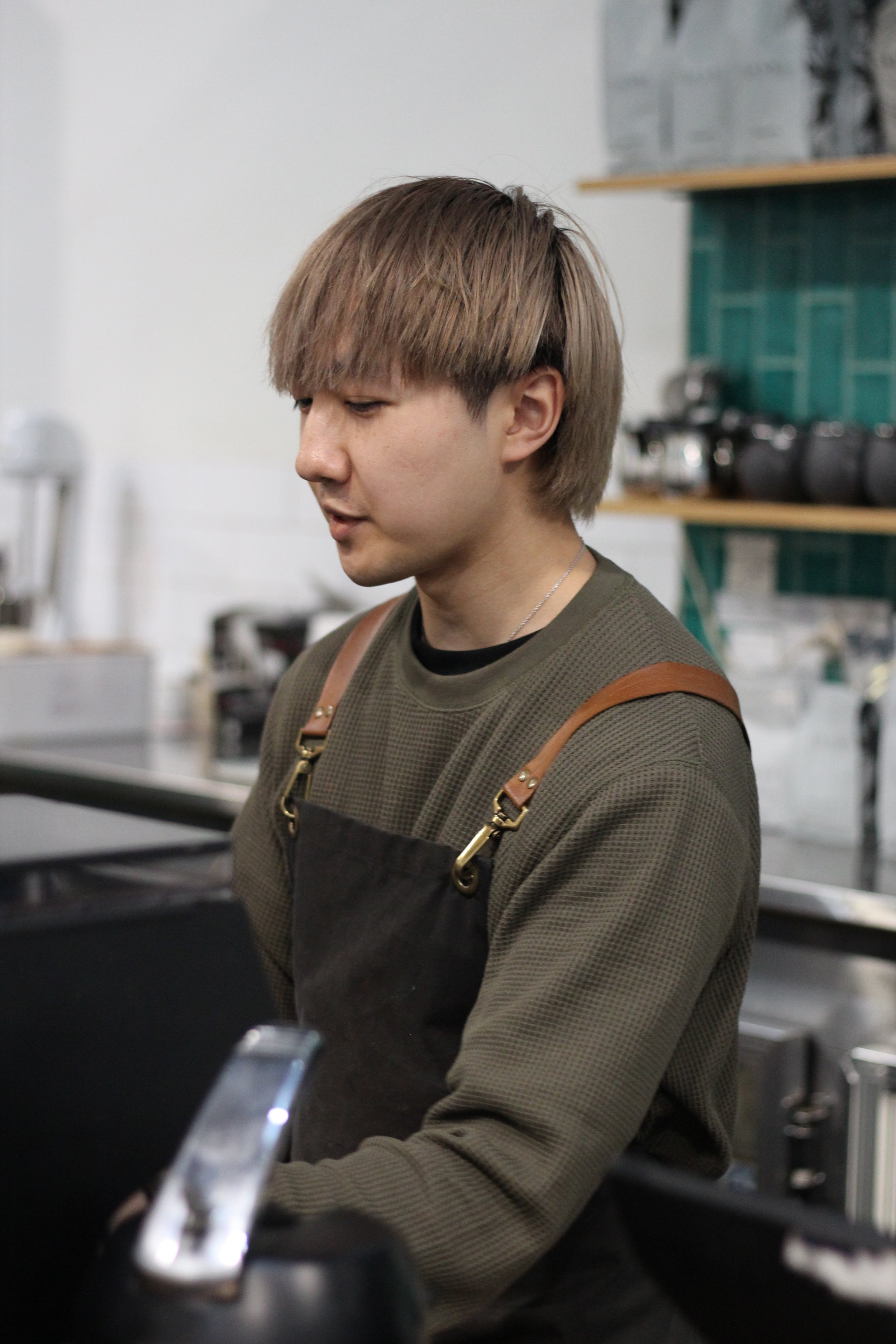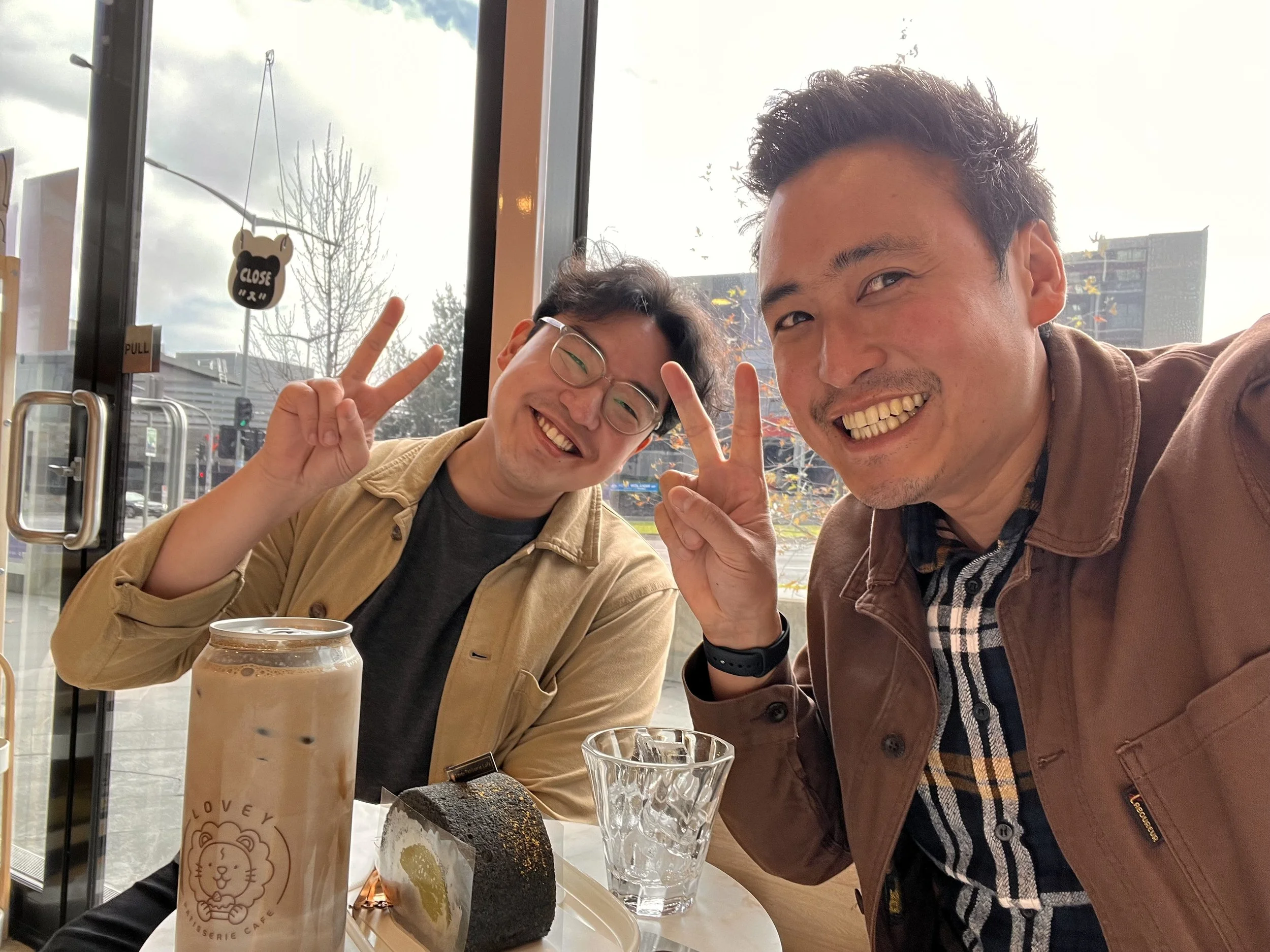When developing a resume to apply for a barista job, keep it simple.
Most cafes aren’t going to hire you based on your resume but will decide whether to get you in for a trial or not. During these trials, an owner, manager or head barista will decide whether to employ you based on a combination of skills and characteristics. This will include your coffee-making skills but also include your ability to handle pressure, your work ethic and customer service skills.
Since you are trying to make a good first impression, make sure your resume looks sharp. Make it concise and truthfully highlight your experience as a barista, even if it is just a barista course with us. We often help students who are completing our Barista Apprenticeship program or Barista Masterclass to develop their resume. However, we want this to be a resource for anyone looking to start a career as a barista in Melbourne or around Australia.
Simple Resume Example
The Design
Nowadays there are so many great ways to make a beautiful resume. Avoid a simple text editor and make your resume stand out with a good template. Many of these can be found on platforms like Canva or even by searching Google - some are free and some paid but we believe it is worth the time and money.
The Content
You don’t need to highlight all that you have accomplished in your lifetime. One page will do. Focus on what is important to the job - if you completed a course with us, especially a more extensive one, make sure to highlight it on your resume. Past experience in a working environment is important but just focus on highlighting what is relevant. For example, previous hospitality experience is extremely valuable and so is retail or customer service experience. Also if you worked somewhere for a few years, that also tells employers a lot about your work ethic and reliability.
What if you don’t have any previous work experience?
No problems. It may be harder to get your foot in the door but persist and be open to work in any type of cafe environment to start. Also be willing to work as an all-rounder (waiting, dishes, cashier service along with barista work) as many cafes need someone who can be flexible, especially if they are going to train you on the job.
Next Steps
It may be tempting to go to a job website and email your resume to as many cafes as possible. However, that is a sure way to get ignored among a sea of other applicants. Make the effort to visit some cafes that are looking for baristas and talk to them personally. We are in the hospitality industry after all, so connecting with people is key!
Go in and have a coffee. Talk to the barista or better yet, talk to the manager or cafe owner. Express your interest in working as a barista and your willingness to work hard and learn from them.
Confidently explain the training you’ve had with Melbourne Coffee Academy. For anyone who has taken part in our Barista Apprenticeship or Barista Masterclass, you know we aren’t like any other barista course or training school out there. We truly combine high-end specialty coffee training with real-time cafe experience and teach you practical barista skills in a fast-paced environment. After completing the course, you are still new to the coffee world but have done most of the hard work. Learning and adapting to a new cafe environment shouldn’t be hard - you just need the opportunity and the practice. Make sure to explain this to them.
Most importantly, be friendly and try to enjoy yourself. Working as a barista is one of the most rewarding jobs around. Whether you’re doing it for a few years or as a career, you will learn some invaluable skills that will go with you for the rest of your life.
































